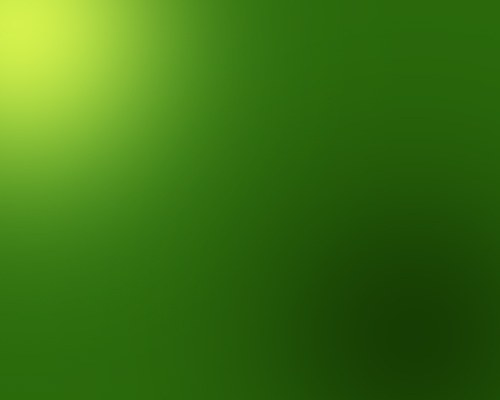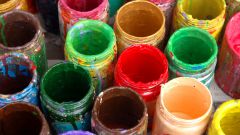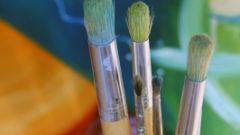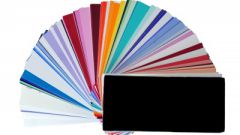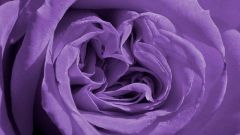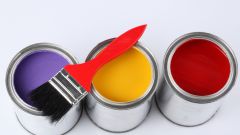You will need
- illustration in a magazine, piece of cloth, paint, paper, palette.
Instruction
1
Prepare a sample of a light green color. A sample can serve as an illustration in a magazine, piece of cloth or even the subject of the desired hue. To get a green tint, prepare the two main colorand yellow and turquoise. To get started is to practice on the palette with a small amount of paint.
2
Take the turquoise and yellow colorand in equal proportions. Mix paint on the palette and apply on the sheet of paper. The larger size of the painted surface, the clearer the result will be. Therefore, do not spare paper for trial strokes and you will see how close the resulting color to the sample.
3
When mixing paint can change the brightness and saturation. In that case, if the resulting shade does not suit you, bolder colors vary. Add turquoise, if you want to see a more bright and rich color. Accordingly, if you need a shade lighter and softer, add yellow color. Not to overdo it - add paint in small portions, otherwise you have to start over. Mix and periodically compare the resulting color with the sample.
4
To give a light green colorfrom pastel nature - add to ready Kohler small portion of white paint. White color will give the shade of ease, tenderness and lightness.
5
Accordingly, green can be made more complex and profound thanks to the black color. Use black very carefully and dosed. Lightly touch the paint edge with a dry brush and apply black to the palette. Mix thoroughly and try on a piece of paper in order to evaluate the result. Gradually mixing the colorsand achieve the desired nuance. Mixing paint, you not only create a unique, individual color, but also enjoy the creative process.
